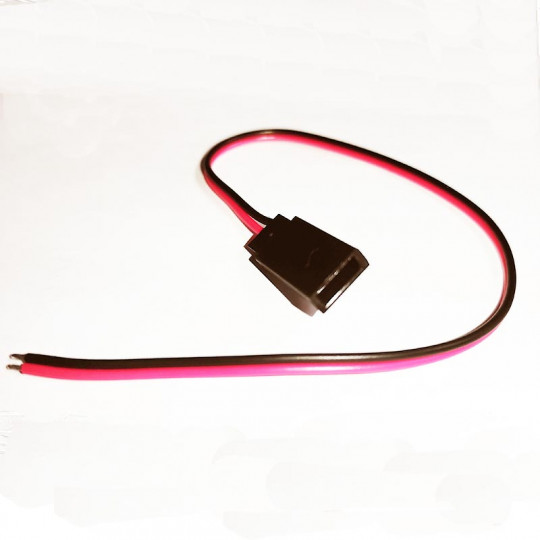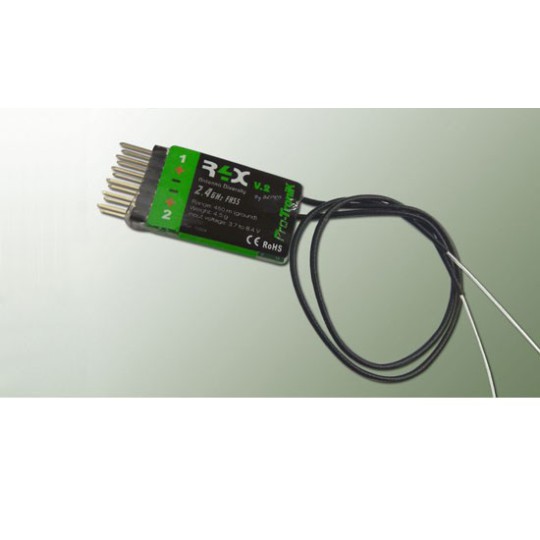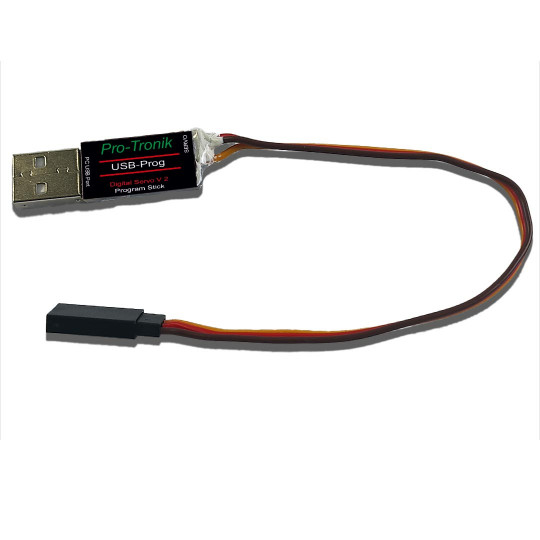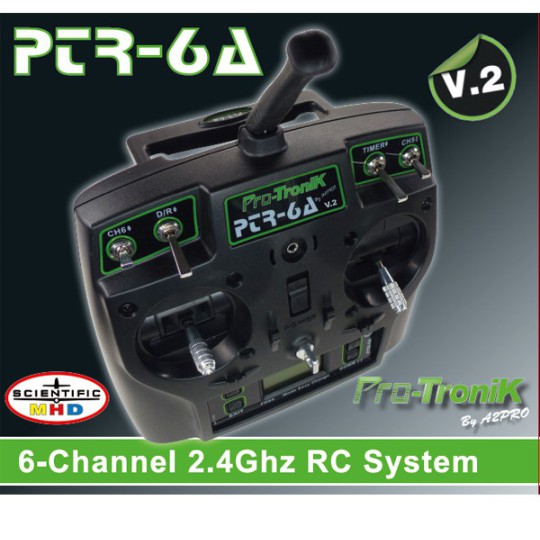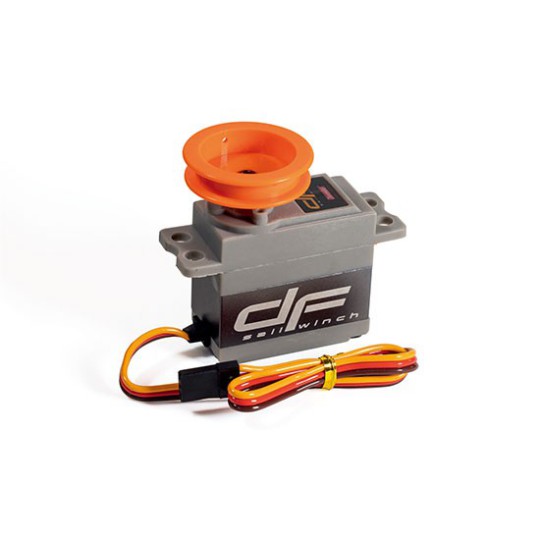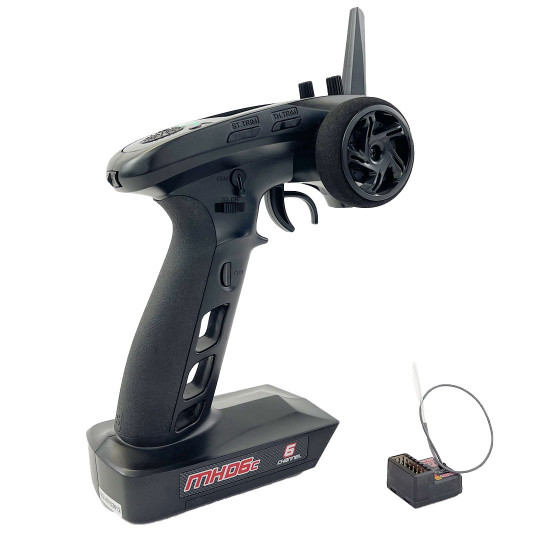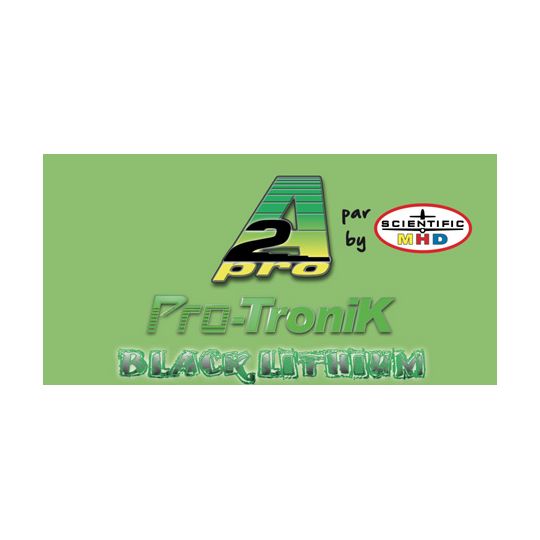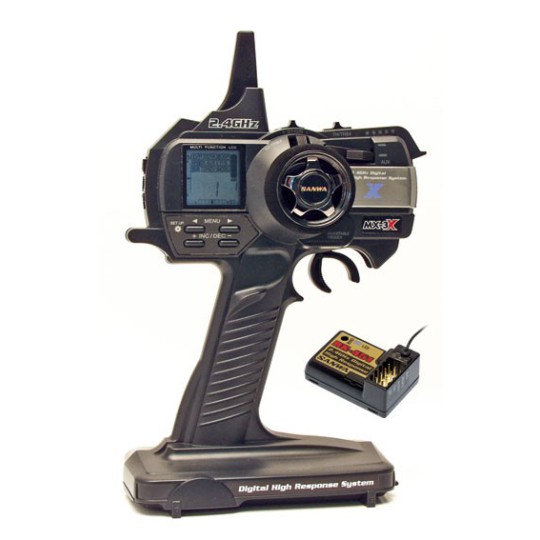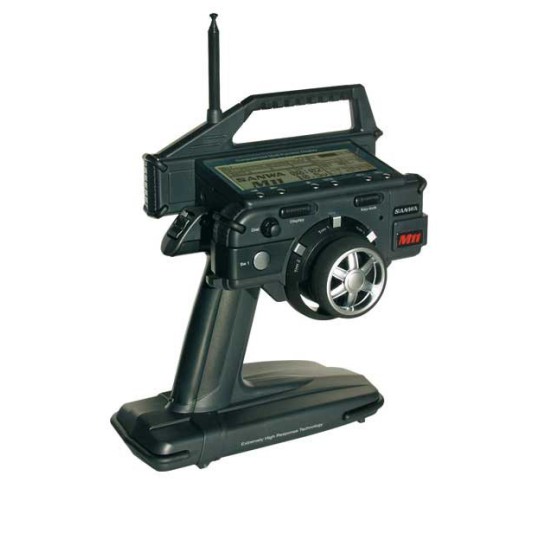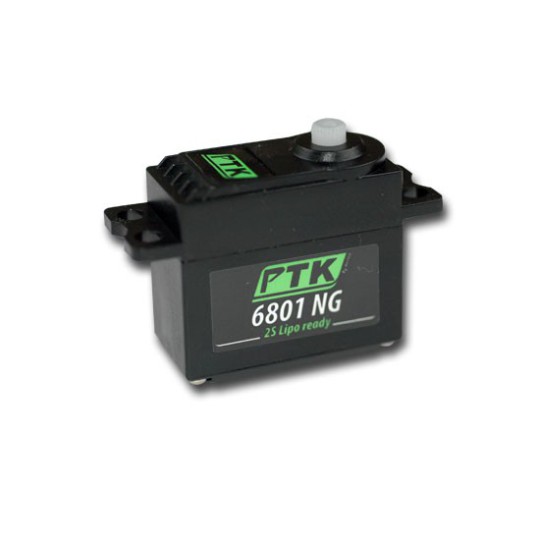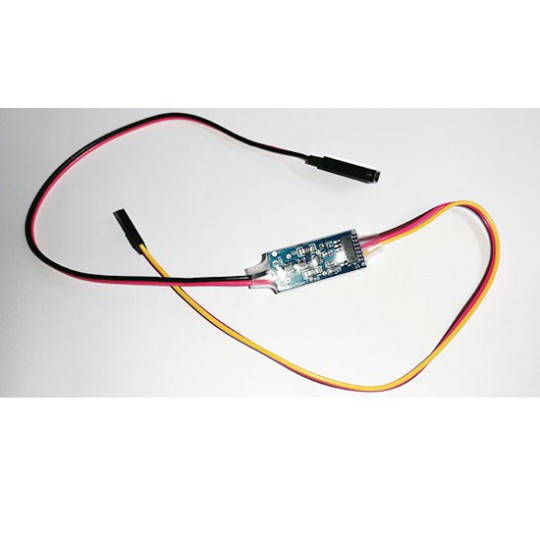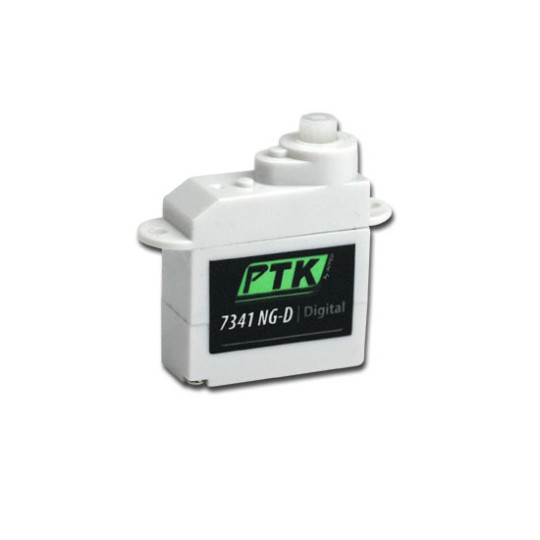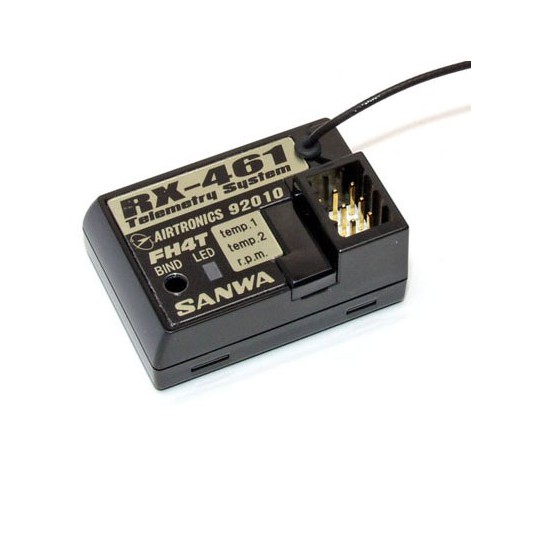301 Products
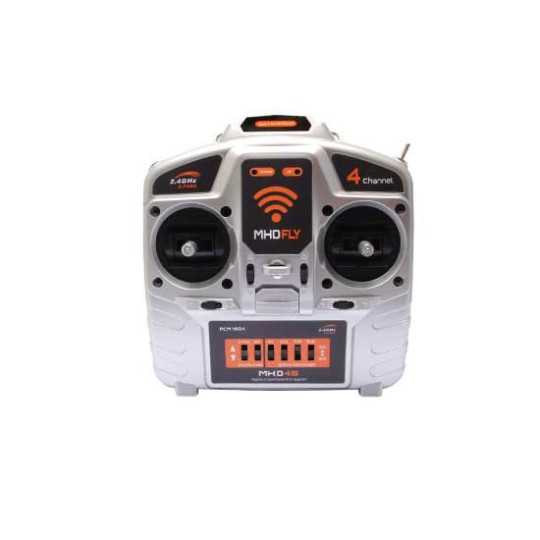
-
Out of production
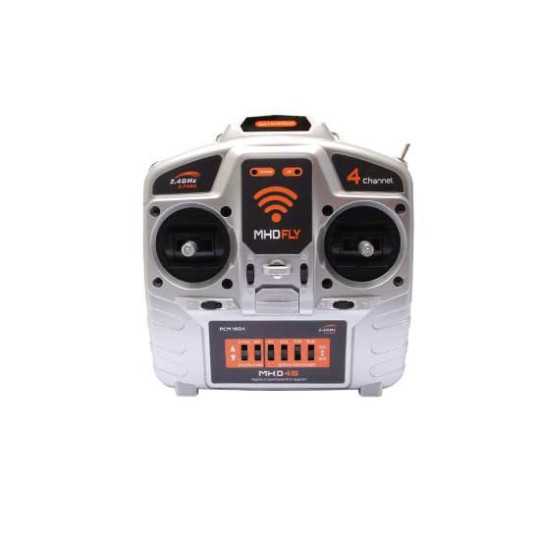
-
Out of production
On the face of it, all radio controls look the same, but depending on what you are going to use them for, some models will be more suitable than others. Choosing the right radio control is therefore essential for maximum control of your model. It plays a key role in your flying experience. Scientific-MHD offers a wide range of radio controls to suit all vehicles and uses.
How do you choose your radio control ?
Choosing the right radio control is imperative not only from a comfort point of view but also for the safety of you and those around you. Powerful motors and responsive controls come with the larger models. This is the reason nearly all model radio controls are fitted with 2.4 GHz transmitters to secure frequency and avoid radio signal loss. This is more reliable compared to the old quartz models, where only one frequency was used for a radio control. With an aircraft, if someone using a radio control were on the same frequency as you, you would lose control of your model, sending it crashing to the ground. With the 2.4 GHz technique, the frequency of your radio changes all the time and protects you from radio interference that could cause you to lose control.
Obviously, your choice of radio control system will be influenced by your budget, but remember that the most important thing is the model that is being controlled. From planes, boats, trains, cars or helicopters, the radio control will not be the same for all types of RC models.
Before buying a radio control, it is therefore advisable to consider what type of model you want to use it for. The number of commands needed to steer your model will determine the number of channels needed on your radio control. For a car, a 2-channel radio control may be sufficient for acceleration and steering. If it is an aircraft, a radio control with a minimum of 4 channels is usually required. For a radio-controlled helicopter, a minimum of 5 channels is usually required. Radio control sets sold on the market contain a transmitter from which all commands are transmitted to your machine. There is also a receiver to receive the commands from the machine and transmit them to the servos that operate the controls. Nowadays, these servos that operate the controls are not included with the sets. This means you can adapt the power and speed of the servos according to the features required for the size and operation of the model.
Most radio controls have two sticks, where the channels are distributed. Some have only two channels, with a left/right and a front/rear axis, but in modelling, most controls have at least four channels. For example, four channels are the minimum required to fly a radio-controlled aircraft.
Many radio control models offer six channels or additional options for better control. The leading model in the Scientific MHD range is the MHD 8X, which has 8 channels and can be used for everything from cars and boats to helicopters and planes.
How do you maintain your radio control ?
In model flying, a malfunctioning radio control system is not only undesirable, it is potentially dangerous. You should therefore always be sure that your equipment works before use. Make sure you check the battery life in your model’s propulsion system, and in particular check the battery charge level of your transmitter and receiver.
If one of the components of your radio control system fails, it must be replaced. Scientific-MHD offers replacement components for your radio control, from servo motors to wiring. To safely transport your radio control, you can also find carry bags and cases at Scientific-MHD.




